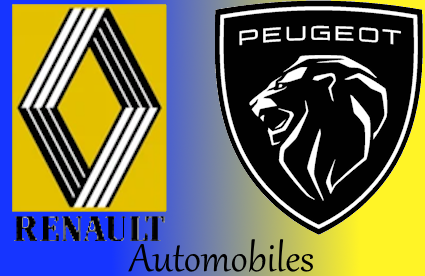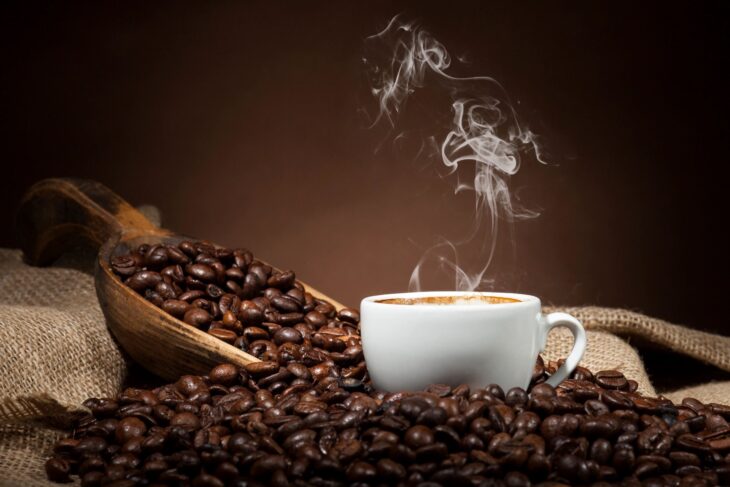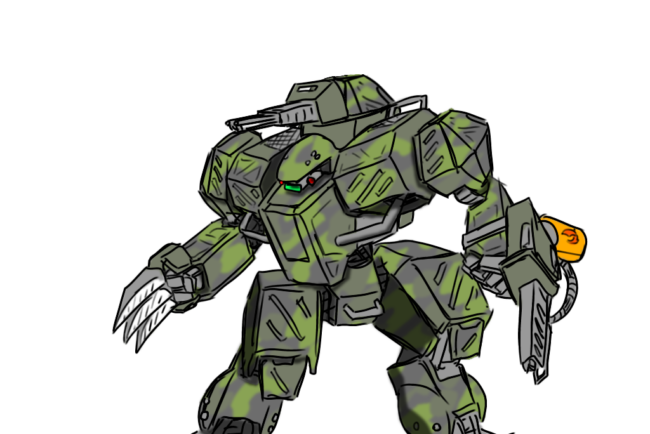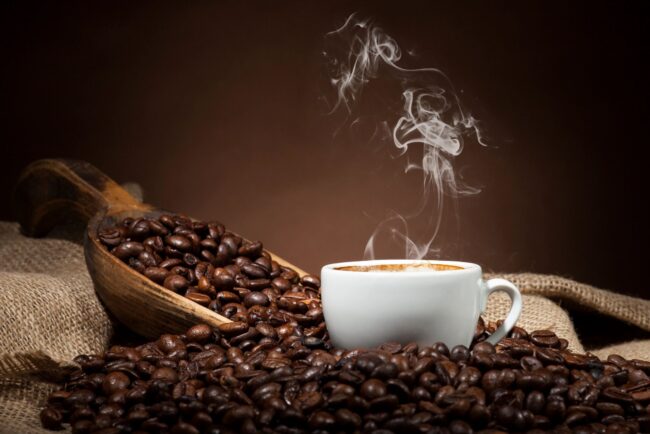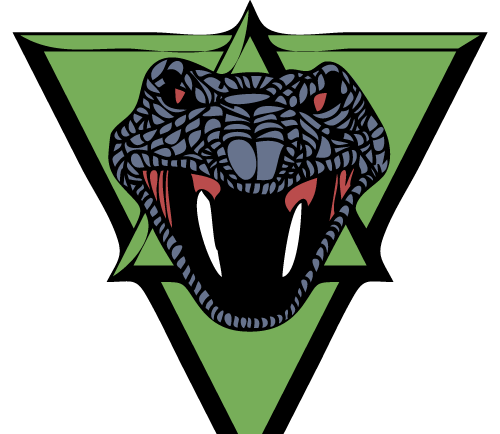
Maersk Stellar Shipping

| Maersk Stellar Shipping | |
| Corporation Profile | |
| Affiliation | Independent |
| Headquarters | Oslo, Terra |
| Leadership | CEO Andre Moller |
| Product(s) | Shipping Blue and Black Navy Ship building Power plants Mineral exploitation Cruise lines |
| Division(s) | Maersk Containers Maersk Power Maersk Fleet Services Maersk New Syrtis Production Midway Production Procyon Production |
From its inception in 1904 on Terra, Maersk has been growing as one of the biggest shipping and civilian naval assets in the Inner Sphere. Having failed to finance the TAS Pathfinder, Maersk dumped massive amounts to have their own shipping company spread to the stars. Dropships with the 7 pointed star logo are a common sight in all space ports, along with containers with the branding in yards throughout known space. While private people
Early Space Age
Maersk did not trust the KF-drive technology when it was first introduced, but as soon as the technology became open-sourced, they invested as much as they could in making it safer, more efficient, and more available. While the military attempted to control the technology, Maersk was the first company to make regular “commercial” trips between Terra and the outlying colonies, providing essential consumer goods to anyone requiring them and transporting key personnel from other corporations to where they needed to do. Designs of heavy shuttles made to transport goods by Maersk, slowly leading to the design of commercial “dropships”. Maersk never played politics and kept paying the necessary dues to all parties involved in their commercial dealing, but were integral in the establishment of the Terran Hegemony, assisting with transport of goods to Admiral McKenna’s forces. Spaceports and shipping yards were established throughout the Hegemony and nearby “foreign powers” quickly to simplify logistics.
Maersk in the Age of War and Star League
The Age of War was a difficult time for intersidereal shipping as “borders” sometimes changed between each jumps, but Maersk kept at it and was happy to maintain positive relation with most powers. Regional powers requisitioning Maersk ships for military endeavors quickly stopped when Maersk stopped providing regular shipping to planets controlled by the “pirate nation”, which led to increased unrest and even full-on rebellions, sometimes bought, and paid for by Maersk (allegedly). Pure civilian ship construction by Maersk outmatched the production of some nations, especially in the dropship category.
The establishment of the Star League led to an explosion in free trade between member-states, with Maersk benefitting heavily both in the shipping, space navy vehicle production and simple “shipping supplies” business. With new markets in the periphery, Maersk also opened more spaceports and shipping yards throughout the “pacified lands”, and even though the locals were not a huge fan of them. Maersk not playing politics did make them happier, especially combined with the ease of logistics Maersk brought.
Maersk was already spread enough throughout the human controlled space that the Amaris Coup did not affect them much, outside of the occasional requisition of their vessels by the SLDF forces, for which Maersk got compensated after the civil war was done as none of the successor lord wanted to alienate the largest shipping conglomerate in the Inner Sphere at the time. The loss of a number of their ships to Operation EXODUS did sour Maersk to the SLDF again.
Maersk during the Succession Wars
Maersk saw the loss of many of their ships during the EXODUS and decided to go “on the offensive” during the early Succession Wars. With the help of ComStar, Maersk falsified and obfuscated the sheer amount of jumpships, dropships and even orbital drydocks which were available to them, with ComStar taking full advantage of this to be able to move their own personnel and ressources thoughout the Inner Sphere. Maersk did lose out on a lot of deals and opportunities in the Periphery at this time, however, as they needed to concentrate a lot of their attention on “core systems and trade routes”, leading to the formation of new cartels in the far reached of human controlled space.
While the militaries of the successor states were busy destroying each other, Maersk kept moving goods and people, with the threat of logistics failure and civil unrest being used as a threat against even the more “powerful” noble houses of the Inner Sphere. House Kurita attempted multiple times to seize Maersk assets, but every time stopped and had to repay damages as the necessary logistics for a galactic empire started being impacted.
Clan Invasion
The early Clan invasion hurt Maersk a fair amount with the loss of a lot of their Coreward assets, even with the slight revival of technological assets letting them expand on their shipbuilding infrastructure. After the Battle of Tukayyid , Maersk approached the various invader clans merchant castes to both recover their lost assets and potentially open new markets. Clan Jade Falcon, Wolf, Ghost Bear and Diamond Shark were very receptive to these approaches, allowing Maersk to operate in their territory in various fashion and restoring space port and shipping yards to Maersk control, guaranteeing employment for both merchant caste and labor caste members. Clan Smoke Jaguar did not even meet with Maersk representatives, while Nova Cat and Steel Viper met with them but refused to accept their terms. Maersk took huge advantage of Operation BULLDOG to serve as an important logistics arm of the newly reformed Star League, attempting to further expand their enterprise into the Clan Homeworlds, where they were completely rebuffed and blocked.
The Federated Commonwealth Civil War had very little impact on Maersk as they were expanding their business throughout the Inner Sphere, and with the help of Mitchell Vehicles Interstellar, built 3 Essex-class Destroyers for their own “anti-piracy and security fleet”.
The Jihad
The Jihad era began with the Word of Blake quickly taking over a variety of worlds and bullying corporations out of their holdings, combined with the reckless destruction of various assets. One of the major issue came as Maersk “core holdings” were damaged or captured around Terra and on various regional capitals. The business was happy to give massive discounts to the coalition to recover what was theirs. Investments in defense increased, building a group of Fox-class corvettes and pocket warships as semi-permanent escorts for their trade assets. While the Republic of the Sphere wanted Maersk to disarm them during the Republican era, Maersk preferred to bring them into some of their secluded dry docks and “make them disappear” until actually needed.
Maersk in after the Clarion Note
Trade and shipping requests increased dramatically after the collapse of the HPG network, with Maersk happily investing in more “small ships” to allow for the carrying of messages from system to system. Major investment in repairing Maersk’s own “renegade HPGs”, formerly built and managed by ComStar, came into being, allowing Maersk to communicate between a few of their regional offices along with other corporate entities.
Check out more of the Corporate Event!




